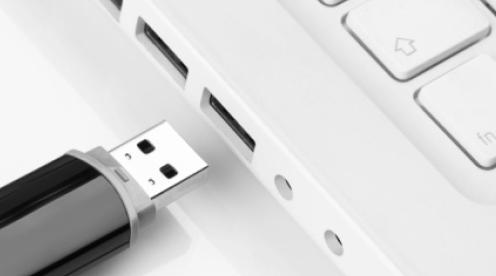In today's ever-changing world of technology, Universal Serial Bus (USB) has been the standard interface to connect devices to a computer, and it's been that way for close to 20 years. Everything from flash drives and keyboards, game consoles and cell phone chargers, to Bluetooth headsets and cameras, generally use a USB cable to transfer data between devices. Since the introduction of USB 1.0 in 1996, this reliable technology has undergone many revisions. The latest USB hardware, USB 3.0, was introduced in 2008, and has major advancements over the two previous versions.

Advancements of USB 3.0
One of the most noticeable advances USB 3.0 has over USB 2.0 is speed. The protocol allows for data transfer speeds up to 5.0 gigabits per second, which makes USB 3.0 about 10 times faster than USB 2.0. By providing more efficient power management than the previous version, USB 3.0 is also able to power more devices from one hub. Another advantage is that it's backward compatible with USB 2.0 devices, and, unlike the single duplex unidirectional USB 2.0, USB 3.0 uses two unidirectional data paths to receive and transmit data.
Operating Characteristics of USB 3.0
With the introduction of the two unidirectional data paths, SSRx+/SSRx- and SSTx+/SSTx-, which run in parallel with the existing D-/D+ data bus, USB 3.0 can transfer data simultaneously. USB 3.0 also includes an increase in available current on Vbus from 500mA to 900mA, expanding the options for powering external devices and eliminating the need for extra power supplies.
Circuit Protection Challenges
Because of the increase in data transfer rate to 5Gbps and the required decrease in channel capacitance, finding voltage transient protection solutions that can protect sensitive data lines without adding signal distorting capacitance can be challenging. With additional differential data pairs, more data lines need to be protected against ESD, and discrete ESD protection solutions used in the past may not be the best solution. Instead, new silicon array ESD protection devices are often used to protect both USB 2.0 data lines and additional data signal pairs.
To learn more about USB 3.0, view Littelfuse’s USB 3.0 Circuit Protection Application Note, or visit Littelfuse.com
By Nicole DiGiose
Advertisement
Learn more about Littelfuse





